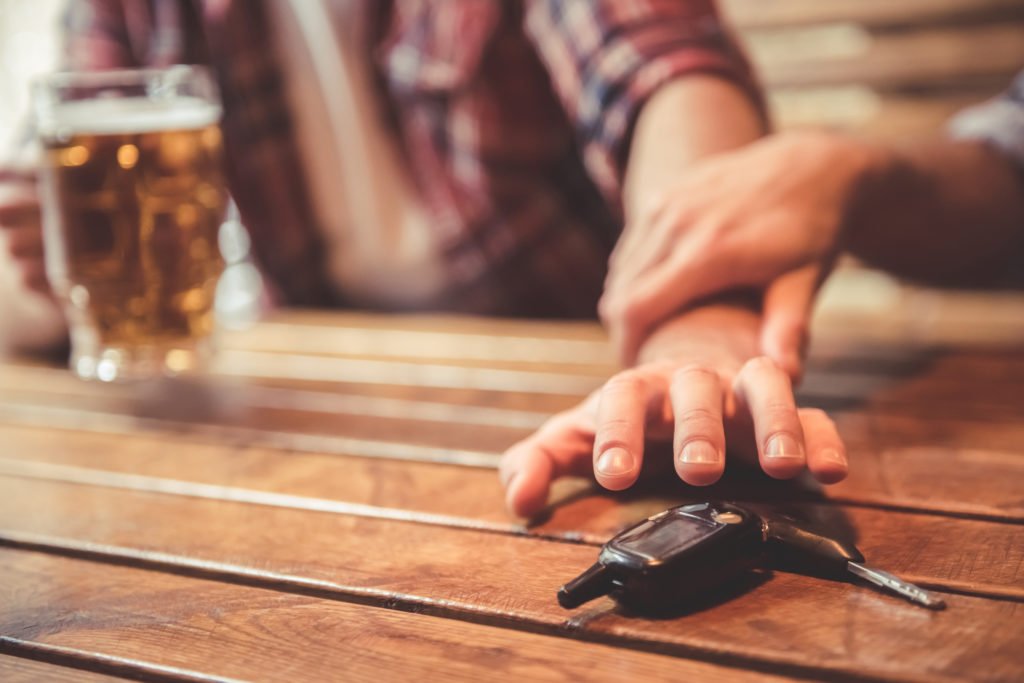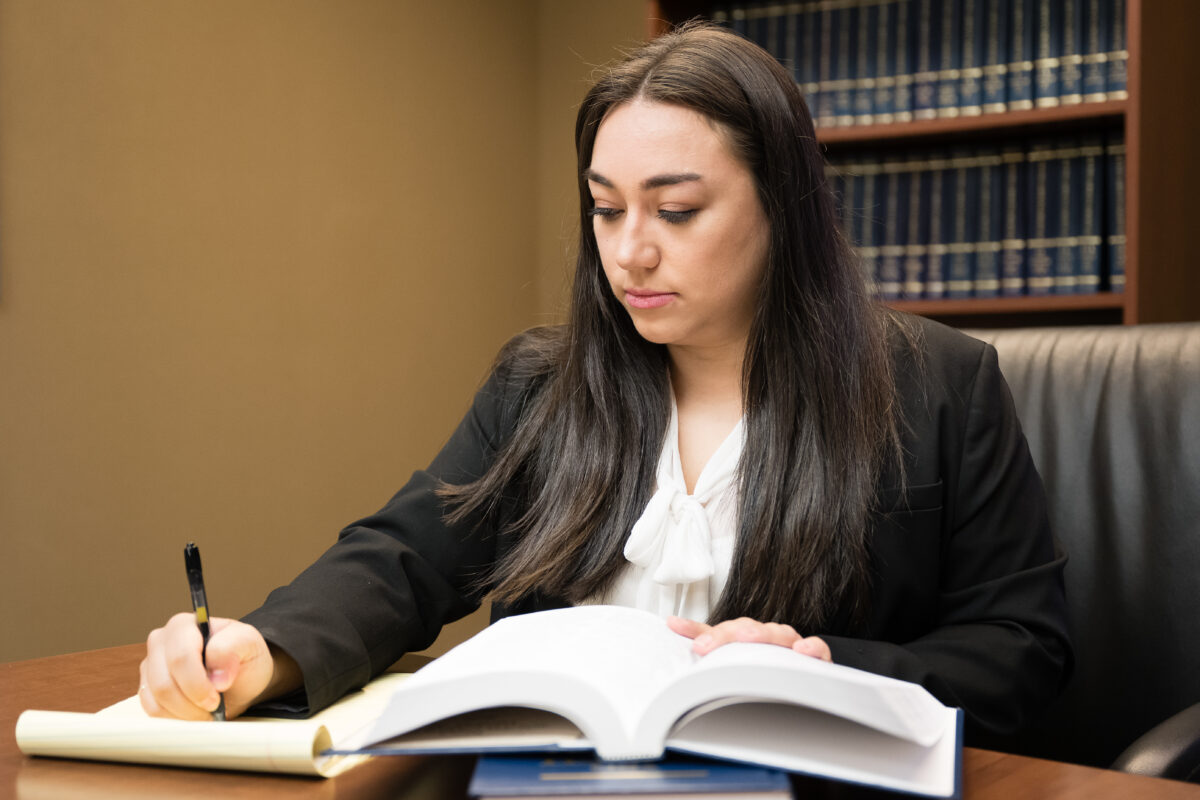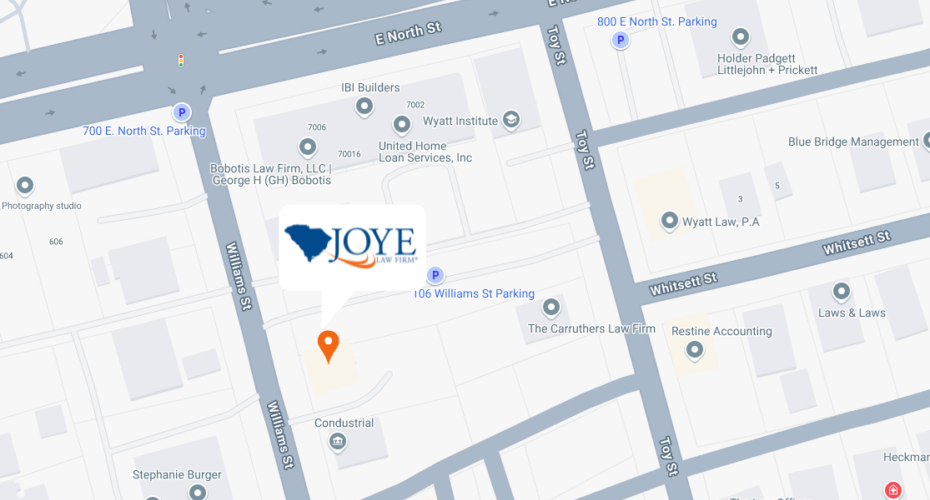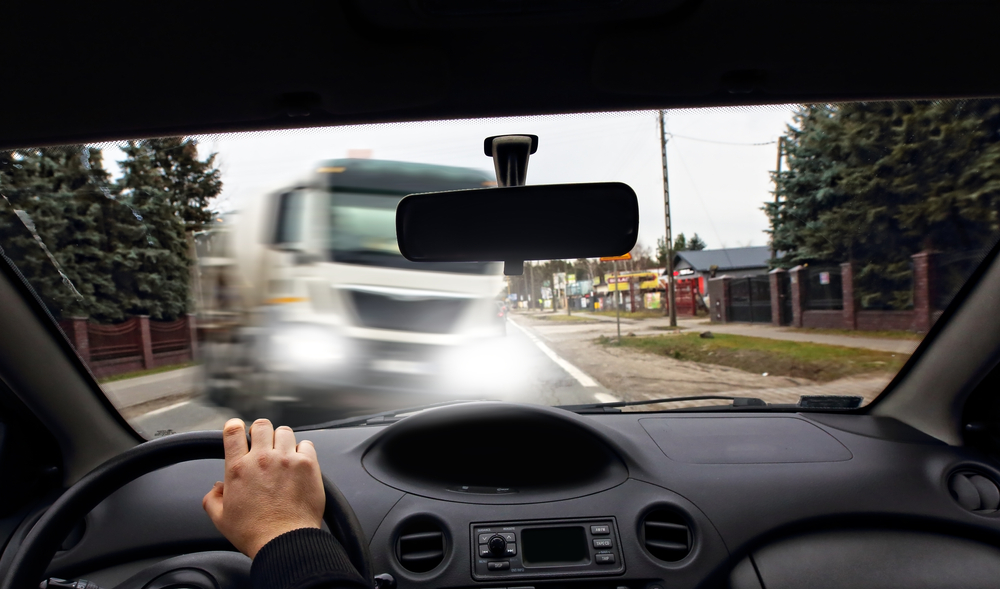
Defensive drivers try to anticipate dangerous traffic situations and react promptly to reduce the chances of an accident.
Many of us learned about defensive driving techniques in high school driver’s education courses. Whether or not you took a driver’s ed class, it’s never too late to make defensive driving a habit. Driving defensively gives you the best chance of avoiding a serious accident, even if another driver makes a mistake.
At Joye Law Firm, our attorneys have seen too many times the harm caused by careless drivers and aggressive drivers who did not practice defensive driving. Every day, unsafe drivers cause serious accidents that would’ve been prevented if that driver would have taken some simple precautions. In contrast, drivers who apply the principles of defensive driving make the roads safer for everyone.
What is Defensive Driving?
Defensive driving uses certain safe driving strategies to help motorists respond to road hazards in a predictable manner and compensate for errors by other drivers.
Defensive drivers prepare themselves to anticipate the unexpected.
What Are Examples of Defensive Driving?
It’s helpful to review the elements of defensive driving. You drive defensively when you:
- Plan Ahead—Defensive drivers are constantly looking up the road and planning ahead. The planning starts even before the driver puts the keys in the ignition. A defensive driver checks the weather forecast and allows some extra time to get to a destination if they will be driving in rain or other adverse weather conditions.
- Always wear a seat belt— South Carolina law requires drivers and passengers to wear seat belts. But every year, people are tragically injured or killed because they weren’t wearing seat belts. During a collision, seat belts keep drivers and passengers from being thrown about the inside of a car or ejected from a vehicle. No one expects to get in a crash when they set out in the morning, but crashes happen. Buckling up is an example of the principle of being prepared for the unexpected.
- Maintain Adequate Space—Defensive drivers manage the space around their vehicles to provide a margin of safety. They maintain a safe following distance of three to four seconds behind other traffic to allow room to stop if the driver ahead stops unexpectedly. Rear-end collisions are common at intersections. Many collisions can be avoided by managing the space in front of your vehicle and not following too closely.
- Situational Awareness—Defensive drivers constantly scan their surroundings and check their mirrors to be aware of surrounding traffic, including vehicles overtaking them and traffic at intersections. To be vigilant, drivers must avoid distractions that take their eyes off the road or focus off the task of driving.
- Avoid distractions — Many drivers underestimate how talking on the phone, texting while driving, and other distractions adversely affect their ability to avoid an accident. A car traveling at 55 mph can travel the length of a football field in the time it takes to read a typical text message, which is about five seconds. That’s more than enough time to plow into the car in front of you if you aren’t looking.
- Stay calm at all times — Defensive drivers control their emotions. Staying calm allows a driver to evaluate hazardous situations and respond. Anger often clouds drivers’ judgment, making it harder for them to recognize and react to potential hazards.
- Intersections—Defensive drivers who are stopped for a red light make sure after the light turns green that all traffic has cleared the intersection before proceeding. Defensive drivers keep in mind that some unsafe drivers speed through intersections after the light has turned red. They don’t let another driver’s unsafe decision to speed through a red light cause a crash.
- Follow posted speed limits — The faster a car is moving, the harder it is to control, and the more distance it requires to stop. Speeding makes it more difficult for drivers to recognize traffic hazards and react in time to them. The posted speed limits on South Carolina roads and highways are the top speeds at which drivers may go under ideal conditions. Defensive drivers reduce their speed when driving on wet pavement or in adverse weather or heavy traffic to allow more room to stop.
- Have an escape route in mind — Car accidents often happen quickly. As part of thinking ahead and anticipating situations, defensive drivers consider escape routes while scanning the roadway for hazards. That way, if a crash does occur, a driver can react quickly.
- Maintain the vehicle — Proper maintenance can help prevent crashes and keep you safer in the event one occurs. Check your brakes annually, and make sure your airbags, taillights, and tires are in good working condition.
What Are the Benefits of Defensive Driving?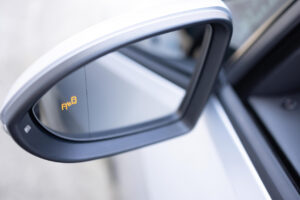
There are several notable benefits of defensive driving, including:
- Avoiding potential accidents — By driving defensively, you have a better picture of what is happening around you as you are driving. By being on the lookout for other drivers’ errors, you are better prepared to take appropriate actions to avoid an accident.
- A better understanding of the rules of the road — Defensive driving gives drivers a better understanding of traffic laws, helping them stay within the law and keep everyone safe.
- Drivers save money — By following posted speed limits and avoiding accidents, drivers will avoid traffic fines and insurance premium increases that come with being involved in a crash.
- Less maintenance — Speeding, slamming on the brakes, and other aggressive driving behaviors put a lot of wear and tear on your car. By driving defensively, you’ll keep your car in better shape and need fewer repairs over the life of your vehicle.
Defensive Driving Facts and Statistics
Some sobering statistics that illustrate the need for defensive driving include:
- Human error is a factor in about 94 percent of all accidents.
- Common driver errors like distracted driving, inattention, and not paying enough attention to surroundings cause about 41 percent of accidents.
- Aggressive driving is a factor in about 56 percent of all fatal crashes nationwide.
- Speeding contributed to about 26 percent of all traffic deaths and caused more than 9,600 fatalities in a single year.
- About 2,000 people are injured and another 900 are killed every year due to drivers running red lights.
Contact Joye Law Firm to Speak to a South Carolina Car Accident Lawyer
Despite your best efforts, defensive driving can’t prevent all crashes. If you have been injured in an accident caused by another driver in South Carolina, our attorneys at Joye Law Firm can offer trusted legal advice and help you understand the legal options available to you. Contact us today for a free consultation with a South Carolina car accident attorney.




